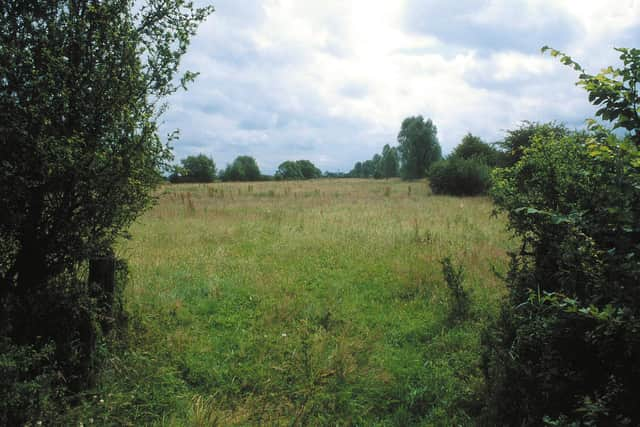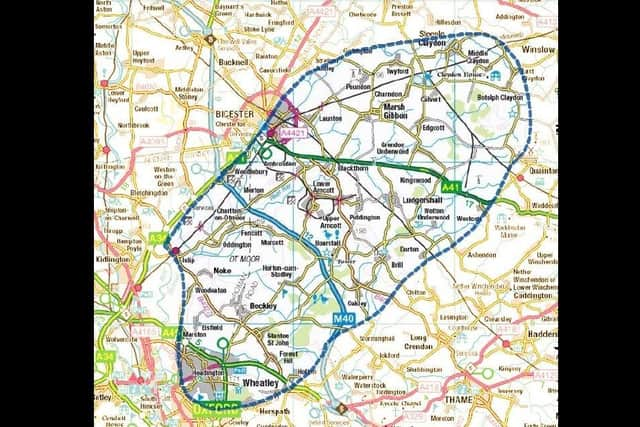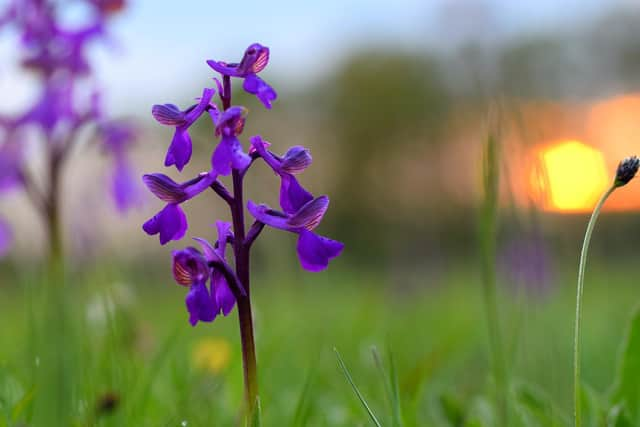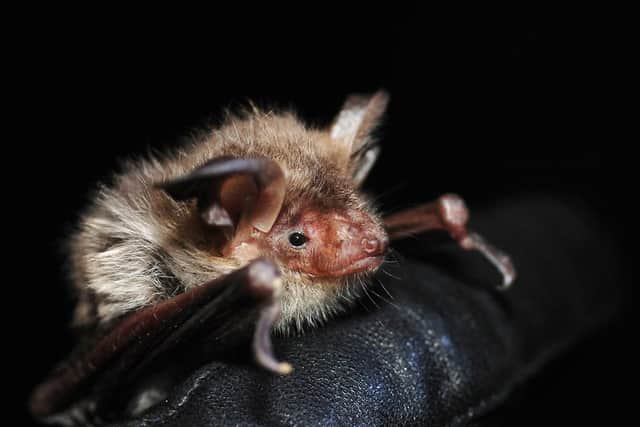Major vision to restore and enhance nature across vast area of land near Aylesbury
and live on Freeview channel 276
A vast new nature recovery plan to protect and expand land for wildlife is being proposed across a huge area between Aylesbury, Buckingham, Bicester and Oxford.
The area contains some of the best-preserved natural environment in southern England, with ancient woodland and nationally scarce floodplain meadows, home to rare bats, birds and butterflies.
Advertisement
Hide AdAdvertisement
Hide AdAnnounced on Monday, March 21 - the UN International Day of Forests 2022 - the massive project will be managed by the Berks, Bucks and Oxon Wildlife Trust (BBOWT) with funding from Bucks Council.


Dubbed 'Reconnecting Bernwood, Otmoor and the Ray', the project will identify threats to the environment, such as housing. Farmers and landowners will be given help to manage land for nature, and wildlife hotspots such as Bernwood Forest, the River Ray and the Otmoor basin will be joined up as never before.
BBOWT project lead Prue Addison said: "Our climate and environment are in crisis, and the UK is one of the most nature-depleted countries in the world.
"This is one of the best remaining landscapes for wildlife in southern England, yet it is under threat.
Advertisement
Hide AdAdvertisement
Hide Ad"If we act now, there is huge potential here to restore wildlife, help nature's recovery and tackle climate change.


"In order to save wildlife, it isn't enough to protect species on isolated nature reserves - we need to make sure that species are able to move between sites so that populations can thrive.
"This project will help us to build a giant jigsaw puzzle of nature sites across two counties, creating more nature everywhere, which local people can enjoy as well."
Jilly Jordan, deputy cabinet member for climate change and environment at Bucks Council, said: "The Bernwood, Otmoor, Ray region has been identified by environmental stakeholders as a critical area, and is considered one of the best remaining ecologically coherent, large-scale landscapes in southern England.
Advertisement
Hide AdAdvertisement
Hide Ad"Buckinghamshire Council are pleased to support this project to see a Nature Recovery Plan developed for the region.


"This will lead to a pipeline of project ideas to address various environmental and social priorities within the region.”
The area in question stretches more than 300sq km between Buckingham, Bicester, Aylesbury and Oxford.
But much of this area is currently earmarked for development in the government's Oxford-to-Cambridge Arc.
Advertisement
Hide AdAdvertisement
Hide AdPlans for a proposed OxCam Expressway road were scrapped last year after huge opposition from BBOWT and others, but the wider principle of development, such as housing, still exists, alongside other serious threats such as HS2 and sewage pollution in rivers.


The area already contains a ‘Living Landscape’ managed by BBOWT for wildlife, which includes Bernwood Forest, The River Ray and Otmoor basin - all nationally important sites for wildlife.
The Upper Ray Meadows nature reserve, which straddles the A41 east of Bicester, is managed by BBOWT and is one of the best areas in central England for locall scarce wading birds including lapwing and curlew.
Bernwood Forest is a cluster of large, ancient woodlands, many of which are Sites of Special Scientific Interest (SSSIs), and is an important habitat for species such as the rare Bechstein's bat.
Advertisement
Hide AdAdvertisement
Hide AdThe Otmoor Basin, meanwhile, is a floodplain 'bowl' with a valuable mix of lowland wet grassland, reedbeds and hay meadows that support a range of important species such as snipe, bittern, crane and marsh harrier.
The Wildlife Trust is now embarking on a feasibility assessment to work out what could be done and it has already outlined some of its main ambitions which could significantly help wildlife in the area. They include:
Landscape-scale conservation works - buffer, expand and reconnect existing important sites for wildlife;
Strategic land purchase - acquire land specifically to protect and restore important sites for wildlife;
Advertisement
Hide AdAdvertisement
Hide AdConservation evidence - generate evidence on the condition of habitats and occurrence of protected species;
Community engagement - provide more, better and sustainable opportunities to connect communities with high-quality nature near to where they live, including the creation of attractively designed ‘country park'-style sites;
Farmer and landowner engagement - work with farmers and landowners to help manage land for wildlife.
The trust has already recruited environment consultant Chris Bowden, who has pulled together a team of specialists to support the project.
Advertisement
Hide AdAdvertisement
Hide AdThe team is also liaising with local councils, environmental NGOs, landowners, farmers and local community groups.
Working with these stakeholders, the team will look at land across the area to assess its current wildlife and the opportunities for enhancement, and identify places where new natural havens could be created and where more opportunities for people to engage with nature can be created.
In August, BBOWT will publish an official Nature Recovery Plan outlining the opportunities for wildlife, then the trust and the council will seek further funding to take various projects in the region forward.